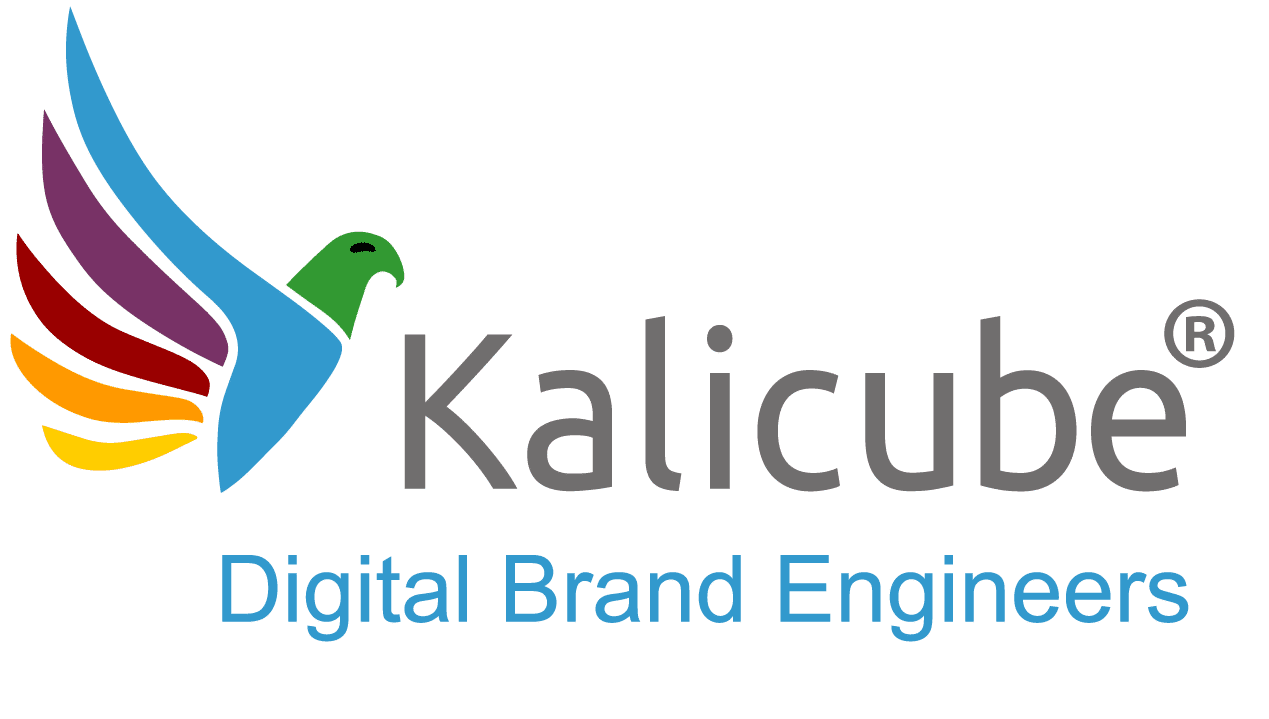Where Should You Begin When Building Your Brand Online?

Most entrepreneurs rush into creating content, social media profiles, and online marketing strategies without a clear plan. This haphazard approach often leads to a diluted brand presence and missed opportunities.
But what if there was a more strategic way to build your brand online? By focusing on your existing online footprint and amplifying it, you can lay a solid foundation for your brand. Jason Barnard, entrepreneur and CEO of Kalicube®, shares how you can start strong and avoid common pitfalls.
Leverage Your Existing Online Footprint to Build a Stronger Brand Identity
To build a stronger brand identity, the first step is to leverage your existing online footprint. Many businesses already have some form of online presence, whether it’s through a website, social media profiles, or various online mentions. Instead of immediately creating new content and profiles, you should focus on what you already have. Optimizing and amplifying these assets is key to establishing a strong, cohesive brand presence that sets the stage for long-term success.
Kalicube’s approach emphasizes enhancing your current assets before adding new ones. This method ensures that your brand is not only more recognizable but also consistent across all platforms. By refining what you already have, you make it easier for your audience to understand who you are and what you offer, ultimately strengthening your brand identity.
Why Is Establishing a Website Crucial for Your Brand’s Online Identity?
Establishing a website is crucial because it serves as your brand’s “entity home.”
An Entity Home is one single web page that is the place of reference about you, from you. Google is actively looking for you to provide your version of the facts about you. John Mueller from Google calls this the point of reconciliation. At Kalicube, we call it the Entity Home. This is the digital space where your brand’s core information resides, and where both your human audience and search engines go to learn about your business.
Without a dedicated website, you lose control over how your brand is perceived by both humans and machines.
A two-page website is enough - a home page and an “about me” page. These pages serve as the cornerstone of your online presence, where you define who you are, what you do, and whom you serve. This not only gives you control over your brand’s narrative but also makes it easier for search engines like Google, Bing, and AI tools like ChatGPT to correctly interpret and present your brand to potential customers.
What Are the Key Components of an Effective Two-Page Website?
An effective two-page website should include two key components: a home page and an about page. These pages are essential for establishing a clear and concise online presence. Here’s what each should contain:
- Home Page:
- Introduction to Your Brand. A brief but impactful introduction that clearly states what your brand offers and its unique value proposition.
- Call to Action. Encourage visitors to take the next step, whether it’s contacting you, signing up for a newsletter, or exploring more about your services.
- About Page:
- Brand Story. Share the story behind your brand, including your mission, values, and the history of your business.
- Audience Focus. Clearly define who your target audience is and how your brand serves their needs.
These two pages should be optimized not only for search engines but also for the user experience. They should be easy to navigate, with content that reflects your brand’s identity in a clear and compelling way.
Having Your Own Site as Your Entity Home
Ideally speaking, you’d rather have your own site and your entity home ranking top than Instagram because it allows you to truly communicate who you are, what you do, and who your audience is. Below your top ranking site, you have the choice to put out big social media images in the middle of the SERP and have your audience click on them to go to your social media accounts which would allow you to occupy more space on the SERP.
So, What if I Already Have an Entity Home? What’s next?
Now that you’ve leveraged your existing online footprint, your entity home, the next steps in the Kalicube® Process are crucial to ensure that your entity is well-represented and recognized by Google. Here’s what you need to do:

Optimize Your Entity Home
- Update Information Regularly: Ensure that your Entity Home is always up-to-date with the latest information about your entity. This includes recent achievements, new projects, and any other relevant updates.
- Use Schema Markup: Implement Schema.org markup on your Entity Home to help Google understand the structure of your content better.
- Link to Reputable Sources: Include links from your Entity Home to reputable third-party sources that corroborate the information provided on your page.
Corroborate and Build Relationships
- Corroboration: Validate the information on your Entity Home by referencing authoritative third-party sources such as news articles, industry publications, or official profiles (e.g., LinkedIn).
- Build Meaningful Relationships: Identify and establish meaningful relationships with other entities already present in Google’s Knowledge Vault.
By following these steps diligently, you’ll enhance Google’s understanding of your entity’s credibility and relevance, ultimately leading to a more robust digital presence through a comprehensive Knowledge Panel.
How Can You Maintain and Improve Your Online Reputation Over Time?
Maintaining and improving your online reputation requires ongoing effort. Here are some key steps to ensure your brand stays strong:
- Conduct a Content Audit:
- Regularly review the content on your website and social media profiles to ensure it aligns with your brand’s current identity and messaging.
- Identify outdated or irrelevant content and update or remove it to maintain a consistent and up-to-date online presence.
- Monitor Brand Mentions:
- Use tools like Google Alerts, Mention, or Brand24 to track mentions of your brand online. This allows you to stay informed about what’s being said and respond promptly to any negative feedback.
- Engage with positive mentions by thanking customers and sharing their feedback on your platforms.
- Regular Updates:
- Keep your website and social media profiles updated with fresh content, such as blog posts, news updates, or new product offerings.
- Regularly update your business listings and other online profiles to reflect any changes in your business, such as new services, updated hours, or contact information.
At Kalicube, the focus is on continuously refining and amplifying your online assets. By following these steps, you can ensure that your brand remains relevant, authoritative, and trusted by both your audience and search engines.
What Are Some Practical Examples of Successful Online Brand Building?
Practical examples of successful online brand building often involve a strategic focus on optimizing existing assets. Here are two examples:
- Personal Brands:
- Many successful personal brands start by optimizing their LinkedIn profiles. This includes having a professional photo, a compelling headline, and a well-written summary that clearly states what they do and whom they serve.
- They also often create a simple personal website that acts as a central hub for their online presence. This website might include a portfolio of work, testimonials, and a blog where they share insights and expertise.
- Small Businesses:
- Small businesses that have successfully built their online brands often begin with a well-optimized Google My Business listing. This helps them appear in local search results and provides a place for customers to leave reviews.
- They also invest in a basic website, even if it’s just a few pages, to provide potential customers with more information about their products or services. Over time, they expand this presence by adding a blog, securing positive reviews, and ensuring consistency across all platforms.
These examples highlight the importance of starting with what you have - a principle that is central to the Kalicube approach. By focusing on optimizing and amplifying your existing online assets, you can build a strong, cohesive brand that stands out in the digital landscape.
Conclusion
Building a strong online brand doesn’t happen by accident. It requires a strategic approach that starts with optimizing what you already have. By focusing on your existing online footprint, establishing a clear and authoritative web presence, and maintaining consistency across all platforms, you can create a brand that not only stands out but also thrives in the digital landscape.
If you’re ready to take your brand to the next level, don’t leave it to chance. This is your guide to educate Google, build trust, and position YOU as the ultimate solution. Download now for FREE. https://solutions.kalicube.com/the-kalicube-process-has-solved-digital-marketing or you can also book a call with Kalicube today, and let us help you build a powerful and cohesive online brand that drives real results.





